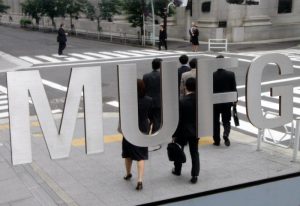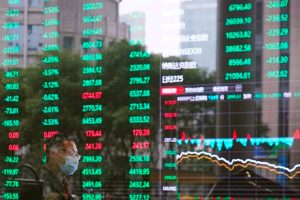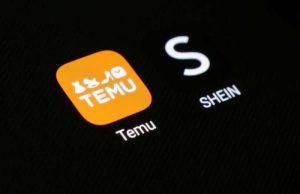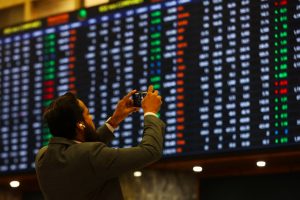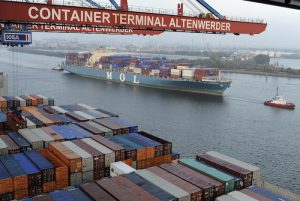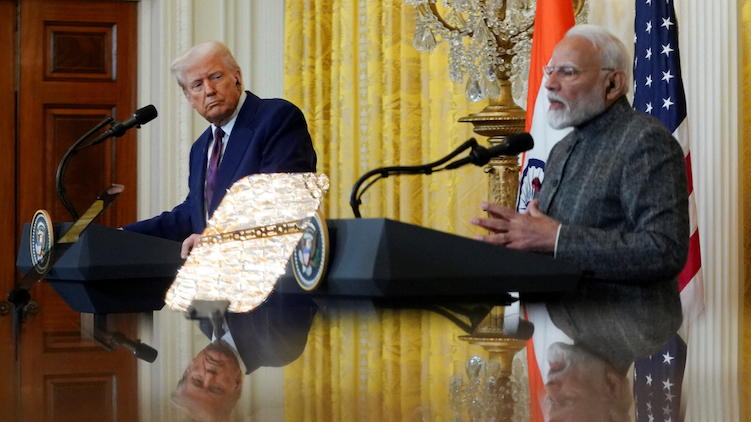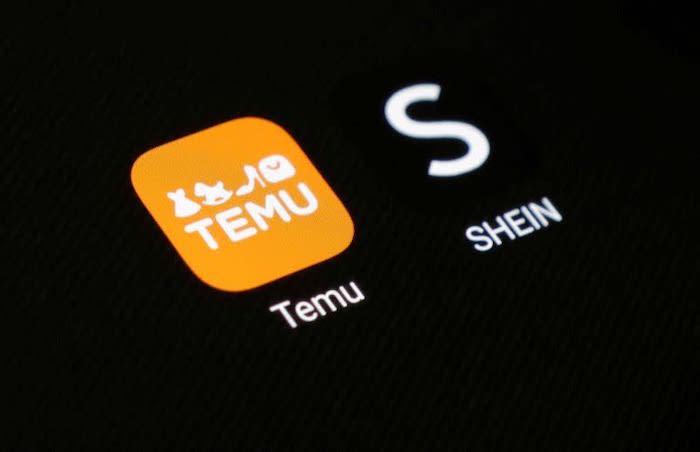The US and South Korean governments released details on Friday of a trade agreement signed by the two sides, which includes a $150-billion Korean investment in American shipbuilding and more for industrial sectors over many years.
The joint announcement followed meetings in August and October between South Korean President Lee Jae Myung and his US counterpart Donald Trump, where they discussed a cut in American import duties on South Korea’s products, from 25% to 15%.
“Finally, the South Korea-US trade, commerce, and security negotiations, which were among the biggest variables affecting our economy and security, are … concluded,” Lee said on Friday.
ALSO SEE: China, HK, Japan Stocks All Sink as Tech, AI Selloff Continues
“Good competition requires excellent partners, and I believe President Trump’s rational decision played a significant role in achieving meaningful agreement.”
South Korea’s Industry Minister Kim Jung-kwan and US Commerce Secretary Howard Lutnick signed a memorandum of understanding on Friday, a 27-point non-binding document on strategic investments.
It lays out a schedule for implementation of projects that will be selected by the US president after consultations with South Korea, and Seoul is required to transfer funds within 45 days of the decisions.
Three months of wrangling
The announcement of the trade deal caps more than three months of wrangling over Trump’s tariffs that have targeted trading partners around the world. South Korea was particularly alarmed by the prospect of crushing duties on key exports like semiconductors and autos, and sought safeguards on the $350-billion agreement.
Lee, who took office five months ago with a mandate to steer the country away from the shock of a failed martial law imposition by his predecessor, had sought to score an early diplomatic win by turning an economic threat into an opportunity to boost the country’s trade and security status.
Under the agreement, Lee said South Korea will form a new partnership with the US on shipbuilding, AI, and the nuclear industry, helping its ally “rebuild crucial industries just as the US helped South Korea in the past.”
A fact sheet released by the White House said the US gave approval for South Korea to build nuclear-powered submarines and will work closely with Seoul to find “avenues to source fuel.”
Instalments for FX stability
Washington also accepted South Korea’s request that $200 billion in cash investments would come in installments no larger than $20 billion a year in an effort to keep the won stable.
The fact sheet said the countries agreed South Korea’s investments should not “give rise to market instability.”
If signs of instability appeared, South Korea could seek an “adjustment in the amount and timing of the funding, and the United States will, in good faith, give due consideration to such request,” it said.
The US will cut tariffs on South Korean products, including autos, to 15% from 25%. Semiconductors will be subject to tariff terms no less favourable than those for Taiwan, a presidential adviser said.
The agreement with Washington showed Lee made inroads on major security and energy initiatives by paving the way to build nuclear-powered submarines and expanding its nuclear energy capabilities.
Nuclear subs built in Korea
Lee’s national security adviser said the countries had discussed the issue of nuclear-powered submarines on the “premise” that the vessels would be built in South Korea.
Trump previously said the submarines would be built in a Korean-owned shipyard in Philadelphia.
Under the deal, the US pledged to cooperate on finding a way for South Korea to enrich uranium and reprocess spent nuclear fuel.
Analysts said it was too early to say whether South Korea got a better deal than Europe and Japan.
Kim Dong-yup, a former Navy officer now at Kyungnam University, said the agreement on nuclear energy and security meant Seoul had to pay much more for defence, but Lee had faced “an inevitable choice.”
A trade deal in principle was first unveiled in July.
- Reuters with additional input and editing by Jim Pollard
ALSO SEE:
Trump Edges Closer to Tariff Deal With Seoul, Ignores NK Missile
China’s Sanctions on Hanwha Target US-Korean Shipbuilding Plan
Hyundai Raid: How A Visa Loophole Landed Korean Workers In Trouble
Tariffs Spur Big Tesla Deals With LGES Batteries, Samsung Chips
CK Hutchison Ports Deal Deeply Entangled in US-China Trade War
Vietnam to Ramp up Inspection of Chinese Goods After Trump Deal
Trump Plan to Revive US Shipbuilding, Cut Chinese Grip on Sector
US Probe Shows China Unfairly Dominates Shipbuilding: Sources





